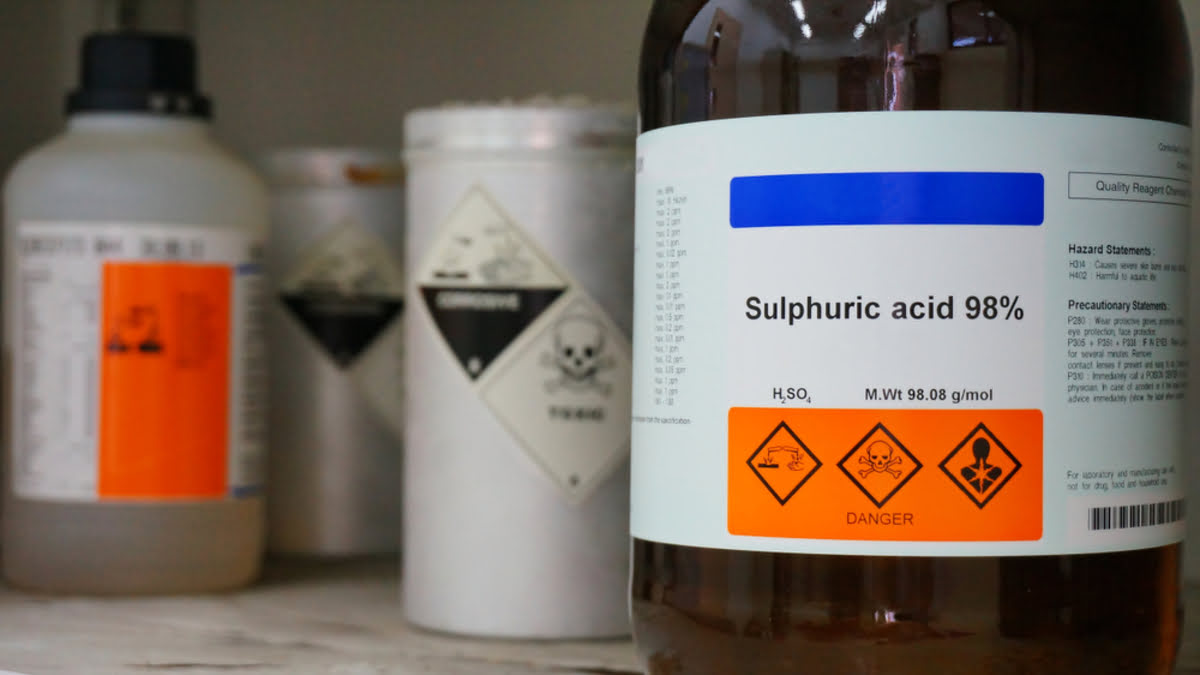

Articles
How To Store Sulfuric Acid
Modified: January 5, 2024
Learn how to safely store sulfuric acid with our informative articles. Find expert tips and guidelines for proper storage and handling to ensure safety and prevent accidents.
(Many of the links in this article redirect to a specific reviewed product. Your purchase of these products through affiliate links helps to generate commission for Storables.com, at no extra cost. Learn more)
Introduction
Storing sulfuric acid is a critical task that requires careful planning and adherence to safety protocols. Sulfuric acid, also known as oil of vitriol, is a highly corrosive and hazardous substance widely used in various industries, including manufacturing, chemical production, and laboratory settings. It is important to handle and store sulfuric acid properly to ensure the safety of workers, protection of the environment, and to comply with relevant regulations.
In this article, we will discuss the key considerations and best practices for safely storing sulfuric acid. From choosing the right containers to implementing appropriate storage locations and temperature control measures, each aspect plays a crucial role in maintaining the integrity of the acid and minimizing the potential risks.
Before diving into the specifics of sulfuric acid storage, it’s essential to understand the potential hazards associated with this chemical. Sulfuric acid is a highly corrosive substance that can cause severe burns upon contact with the skin or eyes. It can also release toxic fumes when exposed to certain conditions, such as heat or moisture. Therefore, it is imperative to handle sulfuric acid with extreme caution and ensure that proper safety measures are in place.
Now, let’s explore the safety precautions and guidelines for storing sulfuric acid.
Key Takeaways:
- Prioritize safety precautions, choose the right containers, and select a suitable storage location with proper ventilation and temperature control when storing sulfuric acid to ensure a safer work environment and minimize the risks of accidents.
- Implement a well-developed emergency response plan, follow proper disposal methods, and maintain accurate documentation to effectively respond to emergencies and ensure the safe and responsible storage of sulfuric acid.
Read more: How To Store Acid
Safety Precautions
When storing sulfuric acid, it is crucial to prioritize safety to prevent accidents and protect individuals and the environment. Here are some key safety precautions to follow:
- Personal Protective Equipment (PPE): Ensure that anyone handling sulfuric acid wears appropriate PPE, including goggles, gloves, protective clothing, and respiratory protection. This equipment serves as a vital barrier between the acid and the person, minimizing the risk of direct contact or inhalation of fumes.
- Training and Education: Provide comprehensive training to all employees involved in the storage and handling of sulfuric acid. They should be educated about the properties of the acid, potential hazards, emergency response procedures, and safe handling techniques. Regular refresher courses and updates on safety protocols are also essential.
- Storage Area Access: Restrict access to the sulfuric acid storage area to authorized personnel only. Use signage and effective communication methods to clearly indicate the restricted zone. This helps prevent accidental exposure and ensures that only trained individuals handle the acid.
- Fire Safety Measures: Sulfuric acid is highly reactive and can ignite flammable materials. Therefore, it is crucial to have fire suppression systems, such as fire extinguishers and sprinkler systems, in place. Conduct regular fire drills and ensure that employees are familiar with fire evacuation procedures.
- Proper Handling Techniques: Handle sulfuric acid with care and avoid any actions that could lead to spills or releases. Always use appropriate equipment, such as acid-resistant pumps, valves, and containers, to minimize the risk of leaks or accidents. Be mindful of incompatible materials and avoid mixing them with sulfuric acid to prevent potential reactions.
- First Aid Stations: Keep well-stocked first aid stations near the sulfuric acid storage area. In case of exposure or accidents, employees can receive immediate medical attention to minimize the severity of injuries.
By following these safety precautions, you can significantly reduce the risks associated with storing sulfuric acid and create a safer work environment for all.
Choosing the Right Containers
When it comes to storing sulfuric acid, selecting the appropriate containers is essential to ensure the integrity of the acid and prevent leaks or spills. Consider the following factors when choosing containers for sulfuric acid storage:
- Material Compatibility: Sulfuric acid is highly corrosive and can react with certain materials, leading to container degradation or chemical reactions. It is crucial to use containers made from acid-resistant materials, such as high-density polyethylene (HDPE), polypropylene, or stainless steel. These materials are resistant to the corrosive properties of sulfuric acid and provide a reliable barrier.
- Container Size: The size of the container will depend on the quantity of sulfuric acid being stored. It is recommended to use smaller containers instead of large ones to minimize the risk of spills. Smaller containers are also easier to handle and transport.
- Sealability: Ensure that the chosen containers have secure seals or closures to prevent leaks or accidental spills. Tight-fitting lids, gasket seals, or threaded closures can provide effective sealing and minimize the risk of acid exposure.
- Secondary Containment: Consider using secondary containment systems, such as bunds or spill containment pallets, to provide an additional layer of protection in case of container failure. This helps contain any spills or leaks, preventing the acid from spreading and causing environmental damage.
- Labels and Markings: Containers used for sulfuric acid storage should be clearly labeled with appropriate warning signs, indicating the contents, hazards, and safety precautions. This will ensure that everyone handling the containers is aware of the potential risks.
It is important to regularly inspect the containers for signs of damage or degradation. Any compromised containers should be replaced immediately to maintain the safety and integrity of the sulfuric acid storage area.
Remember, choosing the right containers is crucial for the safe storage of sulfuric acid. By considering material compatibility, container size, sealability, secondary containment, and proper labeling, you can minimize the risk of accidents, spills, and exposure.
Storage Location
Proper storage of sulfuric acid requires careful consideration of the storage location. The chosen area should have specific characteristics to ensure the safety and integrity of the acid. Here are some key factors to consider when selecting a storage location for sulfuric acid:
- Designated Area: It is important to designate a specific area solely for sulfuric acid storage. This helps prevent potential cross-contamination with incompatible substances and reduces the risk of accidental exposure.
- Indoor vs. Outdoor: While both indoor and outdoor storage options are viable, the decision depends on factors such as available space, local regulations, and the quantity of sulfuric acid being stored. Indoor storage is preferred as it provides better protection against environmental factors, such as temperature fluctuations and moisture. However, if outdoor storage is necessary, appropriate measures should be taken to protect the containers from direct sunlight, extreme temperatures, and potential damage from weather elements.
- Ventilation: Adequate ventilation is crucial when storing sulfuric acid. The storage area should be well-ventilated to prevent the accumulation of corrosive fumes. This ensures a safe working environment and minimizes the risk of respiratory issues for employees.
- Distance from Incompatible Materials: Sulfuric acid should be stored away from incompatible materials, such as oxidizers or organic substances, as they can react with the acid and cause dangerous reactions. Ensure proper segregation between sulfuric acid and any incompatible substances according to safety regulations.
- Temperature Control: Sulfuric acid should be stored in a cool and dry location. Extreme temperatures can accelerate the degradation of containers and increase the risk of leaks. If necessary, consider installing temperature control measures, such as air conditioning or insulation, to maintain a stable storage environment.
- Accessibility and Security: The storage location should be easily accessible to authorized personnel. Ensure that appropriate security measures, such as restricted access and lockable storage cabinets, are implemented to prevent unauthorized handling or accidents.
It is crucial to regularly inspect the storage location and containers for signs of damage, leaks, or corrosion. Any issues should be addressed promptly to maintain a safe storage environment for sulfuric acid.
By carefully selecting a suitable storage location and implementing the necessary measures, you can ensure the integrity of the sulfuric acid and minimize the risk of accidents or environmental damage.
Temperature Control
Temperature control is a crucial aspect of storing sulfuric acid to maintain its stability and mitigate potential risks. Sulfuric acid should be stored at the appropriate temperature range to prevent container degradation and the release of harmful fumes. Here are some key considerations for temperature control when storing sulfuric acid:
- Recommended Temperature: The recommended temperature range for storing sulfuric acid is typically between 40°F (4°C) and 120°F (49°C). Storing the acid within this range helps preserve its chemical integrity and reduces the risk of container failure or leaks.
- Avoid Extreme Temperatures: Extreme temperatures, either too high or too low, can have adverse effects on sulfuric acid. High temperatures can cause increased vapor pressure and potentially lead to container rupture or explosions. On the other hand, extremely low temperatures can cause the acid to freeze, expand, and damage the container. It is crucial to avoid exposing sulfuric acid to these extreme temperature conditions.
- Insulation and Heat Tracing: If the storage area is subject to fluctuating temperatures, consider using insulation or heat tracing methods to maintain a stable environment. Insulation helps prevent heat transfer into or out of the storage area, while heat tracing involves applying heat directly to the containers to keep the acid within the recommended temperature range.
- Monitoring Systems: Install temperature monitoring systems to continuously monitor the storage area. These systems alert personnel if the temperature deviates from the recommended range, allowing for immediate corrective action to be taken.
- Emergency Cooling Measures: In the event of a temperature-related emergency, such as a rise in temperature caused by a malfunctioning cooling system or a power outage, have contingency plans in place. This may include having emergency cooling equipment, backup power supplies, or evacuation procedures to ensure the safety of personnel and the acid.
Regularly assess the temperature control measures and equipment to ensure their proper functioning. Any equipment that is damaged or not functioning correctly should be promptly repaired or replaced to maintain the integrity of the sulfuric acid storage.
By prioritizing temperature control and adhering to the recommended range, you can safeguard the stability and safety of sulfuric acid during storage.
Read more: How To Store Muriatic Acid
Ventilation Requirements
Proper ventilation is essential when storing sulfuric acid to ensure a safe working environment and to prevent the accumulation of corrosive vapors. Ventilation helps reduce the concentration of fumes, minimizes the risk of respiratory issues for employees, and maintains the integrity of the storage area. Here are some key considerations for ventilation requirements when storing sulfuric acid:
- Natural and Mechanical Ventilation: The storage area should have adequate ventilation, achieved through a combination of natural and mechanical means. Natural ventilation involves the use of windows, doors, or vents to allow fresh air to circulate. Mechanical ventilation uses fans or exhaust systems to actively remove fumes and maintain air quality.
- Airflow Direction: Proper airflow within the storage area is critical. The ventilation system should be designed to ensure that fresh air is continuously drawn in, while corrosive fumes are directed away from the working area. This helps minimize the risk of exposure to the acid and creates a safer environment.
- Size and Placement of Vents: The size and placement of vents should be determined based on the storage area’s size and the quantity of sulfuric acid being stored. Consult relevant regulations and guidelines to ensure that the ventilation system meets the necessary requirements for the volume of acid being stored.
- Regular Inspection and Maintenance: It is important to regularly inspect and maintain the ventilation system to ensure its proper functionality. Clear any obstructions in the vents and check for any signs of damage or degradation. Regular maintenance and cleaning will help ensure optimal performance of the ventilation system.
- Monitoring Systems: Install air quality monitoring systems to continuously monitor the storage area for any deviations from the acceptable levels of corrosive fumes. These systems provide real-time data and alerts to enable prompt action to rectify any issues and maintain a safe environment.
Remember to follow any specific ventilation requirements outlined in local regulations or industry guidelines. These regulations are in place to protect individuals, minimize environmental impact, and maintain compliance with safety standards.
By implementing proper ventilation and regularly maintaining the system, you can ensure a safe working environment and reduce the risk of exposure to corrosive fumes when storing sulfuric acid.
Store sulfuric acid in a cool, dry, well-ventilated area away from direct sunlight. Use a dedicated storage container made of non-reactive material such as polyethylene or glass, and always keep it tightly sealed to prevent fumes from escaping.
Handling and Transport
Proper handling and transport of sulfuric acid are crucial to mitigate the risks associated with the corrosive nature of the chemical. Whether transferring acid within a facility or transporting it to another location, following best practices ensures the safety of personnel and prevents accidents. Here are some key considerations for handling and transport of sulfuric acid:
- Training and Certification: Ensure that all personnel involved in handling and transporting sulfuric acid have received proper training and certification. They need to be knowledgeable about the properties of sulfuric acid, the correct handling procedures, and emergency response protocols.
- Personal Protective Equipment (PPE): Anyone handling sulfuric acid must wear appropriate PPE, including chemical-resistant gloves, goggles, face shields, and protective clothing. This equipment provides a barrier against potential skin or eye contact and minimizes the risk of injuries.
- Secure Packaging: Use suitable containers that are specifically designed for the transport of sulfuric acid. These containers should be made of acid-resistant materials and have secure closures to prevent leaks and spills during transport.
- Proper Lifting and Transport Equipment: When moving containers filled with sulfuric acid, use appropriate lifting and transport equipment such as forklifts or pallet jacks. Make sure the equipment is in good condition and can handle the weight of the containers safely.
- Secure Storage during Transport: During transport, ensure that the sulfuric acid containers are secured and stabilized to prevent movement or tipping. This minimizes the risk of spills or accidents during transit.
- Separation from Incompatible Materials: When transporting sulfuric acid, ensure that it is kept separate from any incompatible substances. Transport vehicles should be appropriately marked and segregated to prevent accidental mixing or reactions.
- Emergency Response Planning: Have a comprehensive emergency response plan in place for handling spills, leaks, or accidents during transport. All personnel involved should be aware of the plan and know how to promptly and safely respond to any incidents.
Always comply with local regulations and transport guidelines specific to sulfuric acid. Familiarize yourself with any permits, placarding, or documentation required for the proper transport of the acid.
By following these best practices for handling and transport, you can significantly minimize the risks associated with sulfuric acid and ensure the safety of both personnel and the surrounding environment.
Labeling and Documentation
Proper labeling and documentation are critical aspects of storing sulfuric acid to ensure clear identification, effective communication of potential hazards, and regulatory compliance. Accurate labeling and documentation help prevent confusion, minimize the risk of accidents, and support proper handling of the chemical. Here are some key considerations for labeling and documentation when storing sulfuric acid:
- Labels on Containers: Each container storing sulfuric acid should be clearly labeled with the appropriate hazard warning signs and information. The labels should include the name of the chemical, concentration, hazard symbols, handling instructions, and any relevant safety precautions. These labels serve as a visual reminder of the risks associated with sulfuric acid and aid in proper identification.
- Material Safety Data Sheets (MSDS): Maintain up-to-date MSDS for sulfuric acid. MSDS provides detailed information about the properties, hazards, handling procedures, and emergency response measures specific to the chemical. Make sure the MSDS is readily accessible to employees and personnel involved in the storage and handling of sulfuric acid.
- Documentation of Storage: Keep accurate documentation of the sulfuric acid storage, including dates of receipt, quantities, and container numbers. This documentation helps track inventory, monitor expiration dates, and ensure compliance with regulations and storage guidelines.
- Transport Documentation: When transporting sulfuric acid, ensure that all necessary transport documents, such as shipping manifests, bills of lading, or transport permits, are properly completed and accompanying the shipment. This documentation provides proof of compliance and aids in tracking the movement of the acid.
- Emergency Contact Information: Maintain a copy of emergency contact information for immediate assistance in case of spills, leaks, or accidents involving sulfuric acid. This information should include the appropriate local authorities, emergency response teams, and poison control centers.
- Training Records: Keep thorough records of employee training and certifications related to sulfuric acid storage and handling. This documentation demonstrates compliance with safety regulations and helps track the training status of personnel.
Regularly review and update labeling and documentation to ensure accuracy and compliance. Any changes in storage conditions, quantities, or regulatory requirements should be reflected in the labeling and documentation accordingly.
By implementing proper labeling and documentation practices, you can provide clear communication, maintain regulatory compliance, and support safe handling and storage of sulfuric acid.
Emergency Response Plan
An effective emergency response plan is crucial when storing sulfuric acid to ensure the safety of personnel, protect the environment, and minimize the potential impact of accidents. A well-developed plan helps mitigate the risks associated with sulfuric acid and enables a swift and organized response in the event of spills, leaks, or other emergencies. Here are some key elements to include in your emergency response plan:
- Emergency Contact Information: Clearly list the appropriate emergency contact numbers for local authorities, fire departments, medical services, and any other relevant agencies. Ensure this information is easily accessible to all personnel involved in the storage and handling of sulfuric acid.
- Emergency Response Team: Designate and train individuals to form an emergency response team. These team members should be knowledgeable about sulfuric acid, familiar with the emergency response plan, and capable of implementing the necessary actions to contain and mitigate incidents.
- Evacuation Procedures: Develop and communicate evacuation procedures that outline the steps to follow in the event of an emergency. Clearly identify assembly areas and conduct regular drills to ensure all personnel are familiar with the evacuation routes and procedures.
- Spill Response Procedures: Detail clear spill response procedures that include steps for containing and cleaning up sulfuric acid spills. Specify the appropriate personal protective equipment (PPE) to be worn, containment measures, and cleanup materials required. Emphasize the importance of immediate reporting and call for trained personnel to handle the spill safely.
- First Aid and Medical Assistance: Provide guidelines for administering first aid to individuals who may come into contact with sulfuric acid. Ensure that first aid kits are well-stocked and easily accessible. Include procedures for seeking further medical assistance, such as contacting a healthcare professional or seeking immediate medical attention.
- Communication Protocol: Establish a clear communication protocol within the facility and with external authorities in the event of an emergency. Define the channels of communication, including who is responsible for coordinating communication efforts and providing updates to relevant parties.
- Post-Incident Assessment: Outline procedures for conducting post-incident assessments to identify the cause of the incident, evaluate the effectiveness of the emergency response plan, and make necessary improvements to prevent future occurrences.
Regularly review and update the emergency response plan to incorporate new information, changes in regulations, or lessons learned from drills or actual incidents. Train all personnel involved in the storage and handling of sulfuric acid on the emergency response plan and conduct regular drills to reinforce preparedness.
By having a well-defined and practiced emergency response plan, you can effectively respond to emergencies and minimize the potential impact of incidents involving sulfuric acid.
Read more: How To Store Hydrochloric Acid
Disposal Methods
Proper disposal of sulfuric acid is essential to prevent environmental contamination and ensure compliance with regulations. Disposal methods for sulfuric acid should be carried out following specific guidelines and legal requirements to minimize both immediate and long-term risks. Here are some key considerations for the safe disposal of sulfuric acid:
- Consult with Regulatory Authorities: Before disposing of sulfuric acid, consult with local regulatory authorities to understand the specific regulations and guidelines for disposal in your area. Compliance with these requirements is essential to protect the environment and avoid any legal consequences.
- Neutralization: One common method of disposal is neutralizing the sulfuric acid before disposal. This involves slowly adding a base, such as sodium bicarbonate or lime, to the acid while stirring until a neutral pH is achieved. It is crucial to follow proper safety protocols and dispose of the neutralized solution in accordance with local regulations.
- Chemical Treatment: Another option for disposal is chemical treatment, which involves using specific chemical agents to degrade or neutralize the sulfuric acid. This method often requires specialized equipment and expertise, so it is best to consult with professionals or waste management companies experienced in handling hazardous chemicals.
- Lab-Scale Disposal: If you are dealing with small quantities of sulfuric acid in a laboratory setting, contact your institute’s hazardous waste management department to follow their specific disposal procedures. They may provide guidelines for proper segregation, storage, and disposal of sulfuric acid waste.
- Professional Disposal Services: If the volume of sulfuric acid is significant or the acid is highly concentrated, it is recommended to engage the services of a licensed waste management company. These professionals have the expertise, resources, and equipment necessary to safely handle, transport, and properly dispose of sulfuric acid waste.
- Record Keeping: Maintain accurate records of the disposal process, including dates, quantities, and disposal methods used. This documentation not only demonstrates adherence to regulations but also helps in case of future audits or inquiries.
- Training and Awareness: Ensure that all personnel involved in the disposal process receive proper training on handling and disposing of sulfuric acid waste. Emphasize the importance of following disposal procedures to protect both individuals and the environment.
Remember, improper disposal of sulfuric acid can have severe consequences on the environment and human health. Always prioritize safety, follow local regulations, and seek professional assistance whenever necessary.
By following proper disposal methods and seeking guidance from regulatory authorities or waste management professionals, you can ensure the safe and responsible disposal of sulfuric acid.
Conclusion
Storing sulfuric acid requires careful planning, adherence to safety protocols, and a comprehensive understanding of best practices. By implementing the guidelines outlined in this article, you can enhance the safety of your sulfuric acid storage and minimize the risks to personnel, the environment, and property. Here’s a recap of the key points discussed:
First and foremost, prioritize safety precautions. Provide appropriate personal protective equipment (PPE), comprehensive training, and restrict access to authorized personnel only. Remember to regularly inspect and maintain the storage area for potential hazards.
Choose the right containers, ensuring they are made from acid-resistant materials, have secure closures, and are properly labeled. Consider the size of the containers, secondary containment systems, and regularly monitor their condition.
Select a suitable storage location with proper ventilation and temperature control. Avoid extreme temperature conditions, ensure proper airflow, and segregate sulfuric acid from incompatible substances.
Handle and transport sulfuric acid with caution, following proper procedures, using suitable lifting and transport equipment, and ensuring separation from incompatible materials. Maintain accurate documentation and comply with labeling and transport regulations.
Have a well-developed emergency response plan that includes clear evacuation procedures, spill response protocols, and communication protocols. Regularly review and update the plan, conduct drills, and train personnel to effectively respond to emergencies.
Finally, when it comes to disposal, consult with regulatory authorities and follow specific guidelines. Consider neutralization or chemical treatment methods, engage professional disposal services when needed, and maintain proper documentation.
By incorporating these best practices into your sulfuric acid storage procedures, you can ensure a safer work environment, reduce the risk of accidents, and protect the environment. Remember to always stay up to date with local regulations and guidelines, and prioritize the well-being of those handling and working with sulfuric acid. Safely storing sulfuric acid is not just a legal requirement but also a responsibility to protect human health and the environment.
Frequently Asked Questions about How To Store Sulfuric Acid
Was this page helpful?
At Storables.com, we guarantee accurate and reliable information. Our content, validated by Expert Board Contributors, is crafted following stringent Editorial Policies. We're committed to providing you with well-researched, expert-backed insights for all your informational needs.
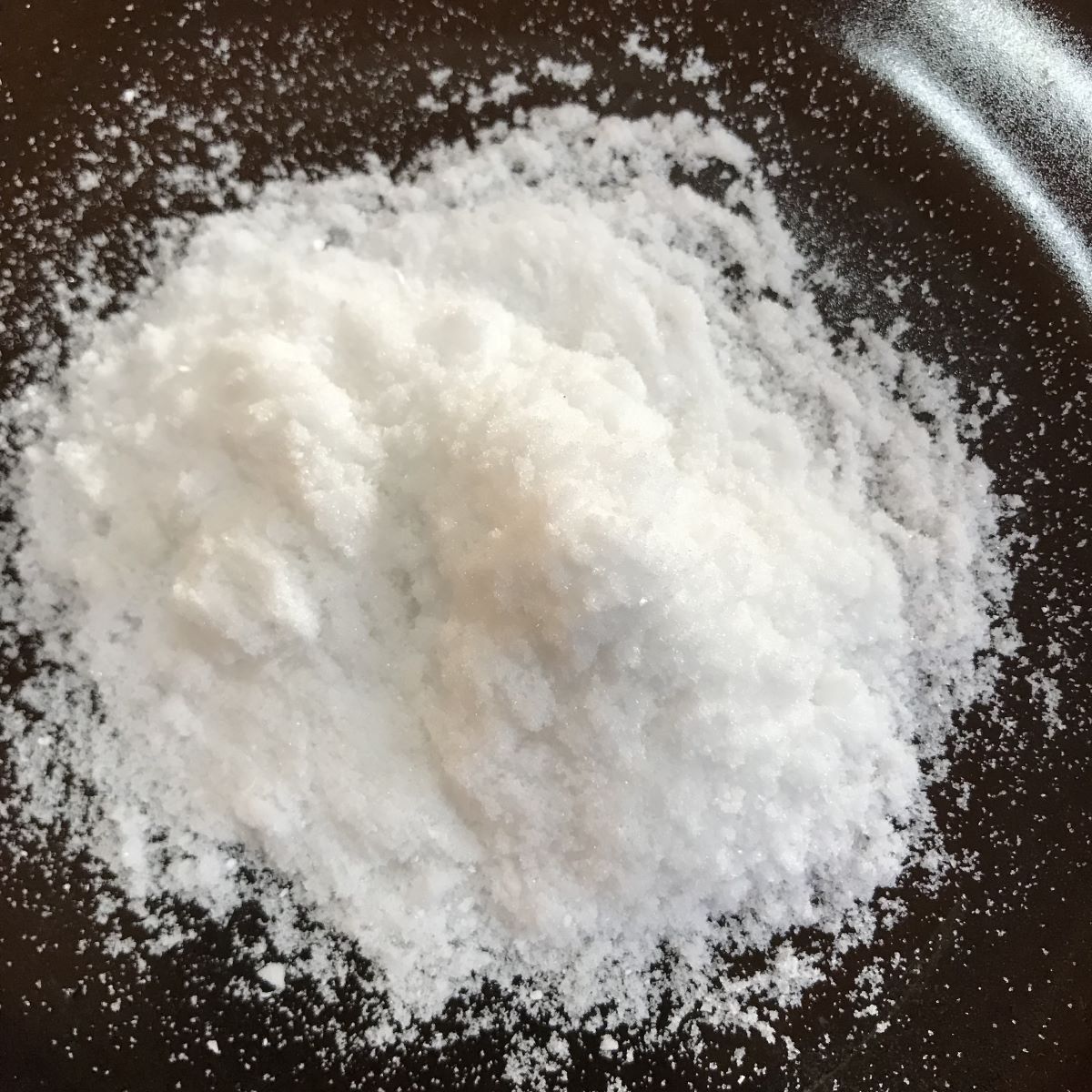
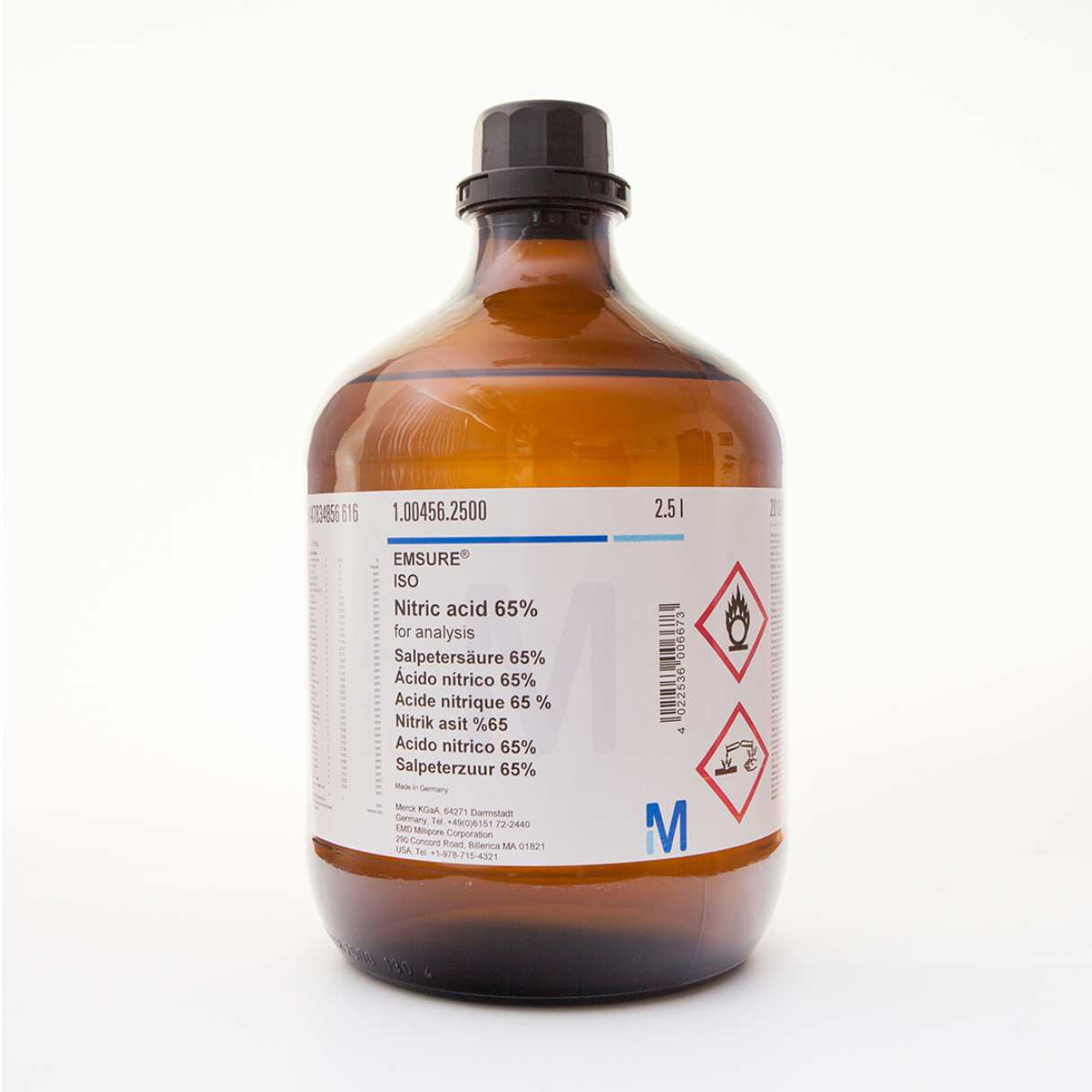
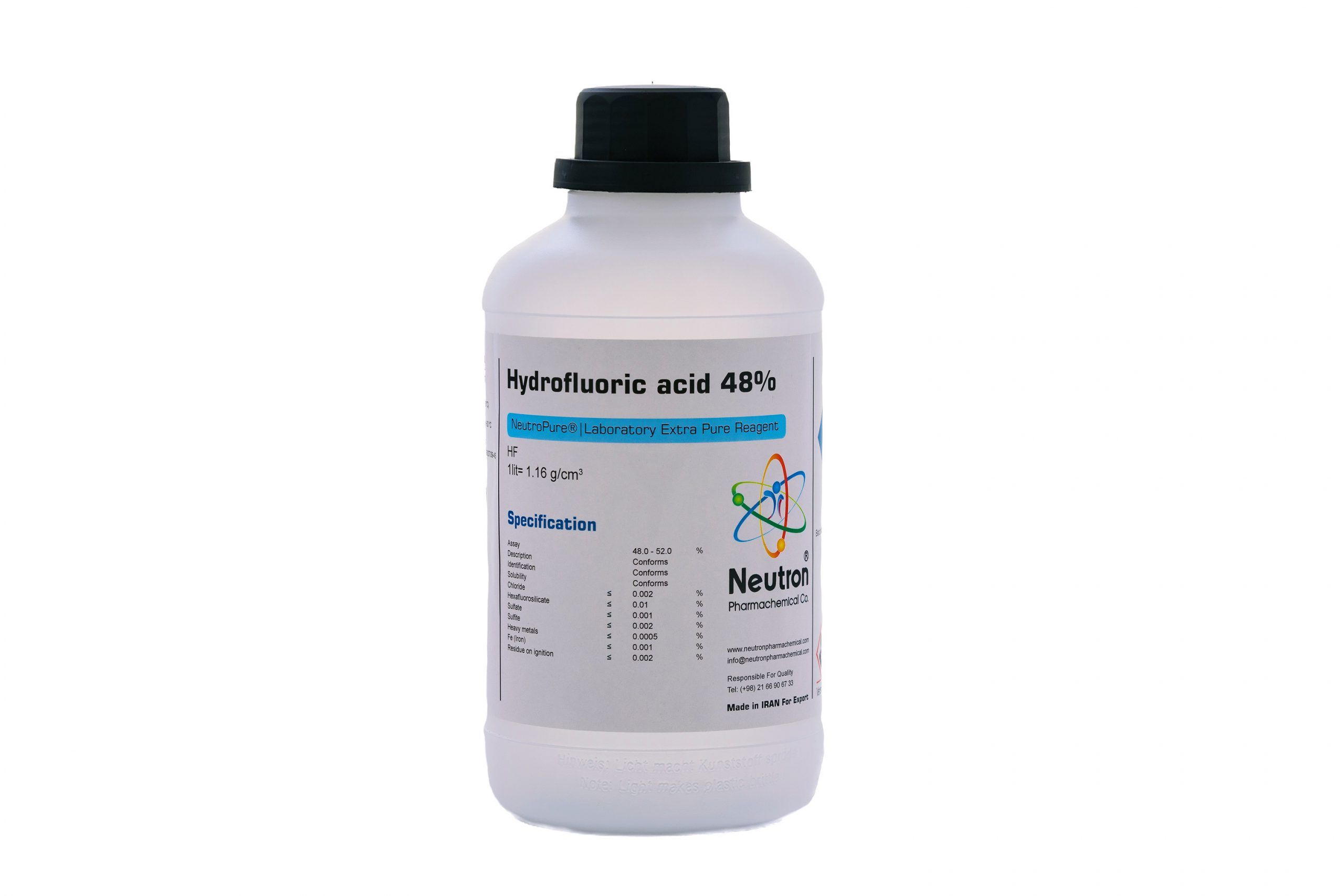

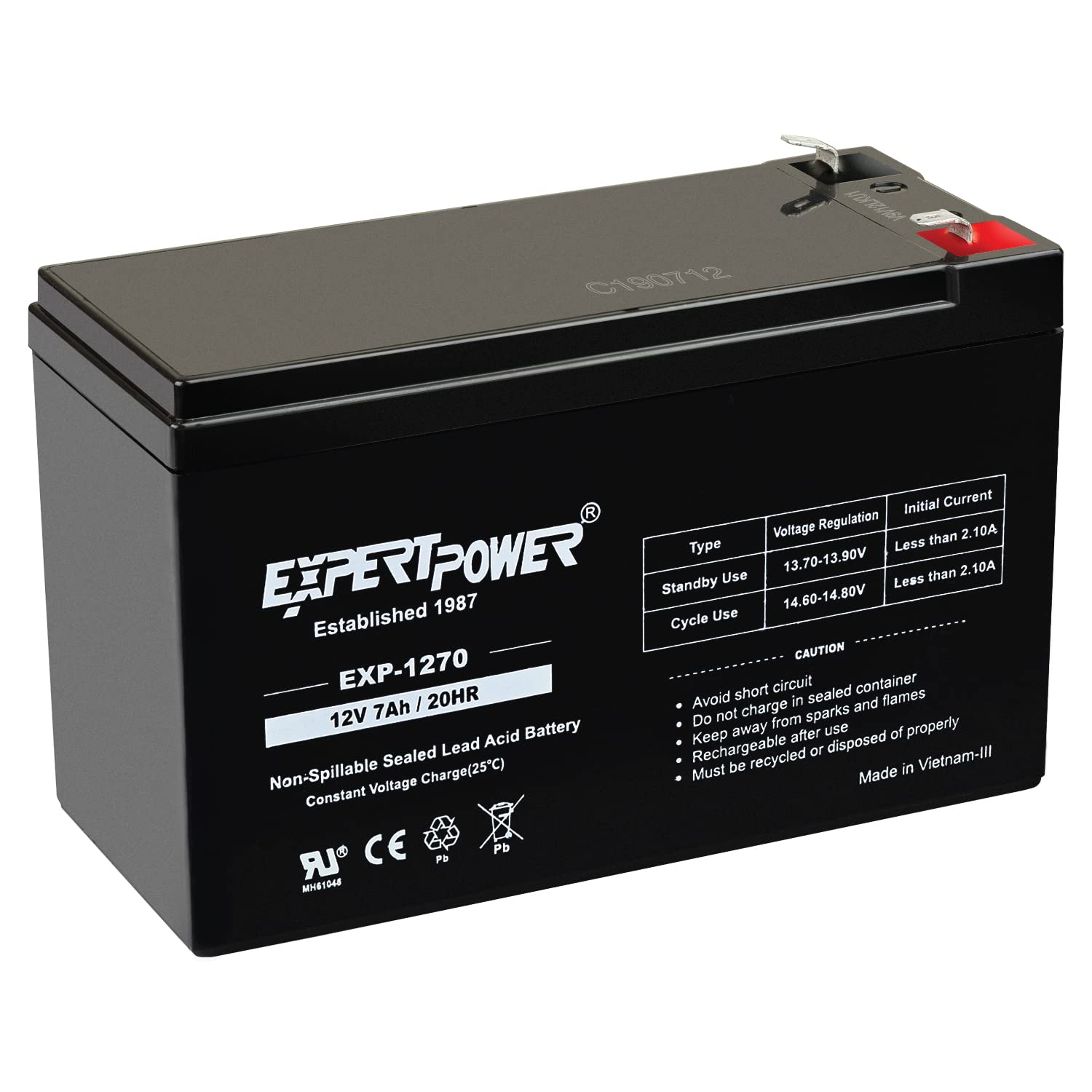
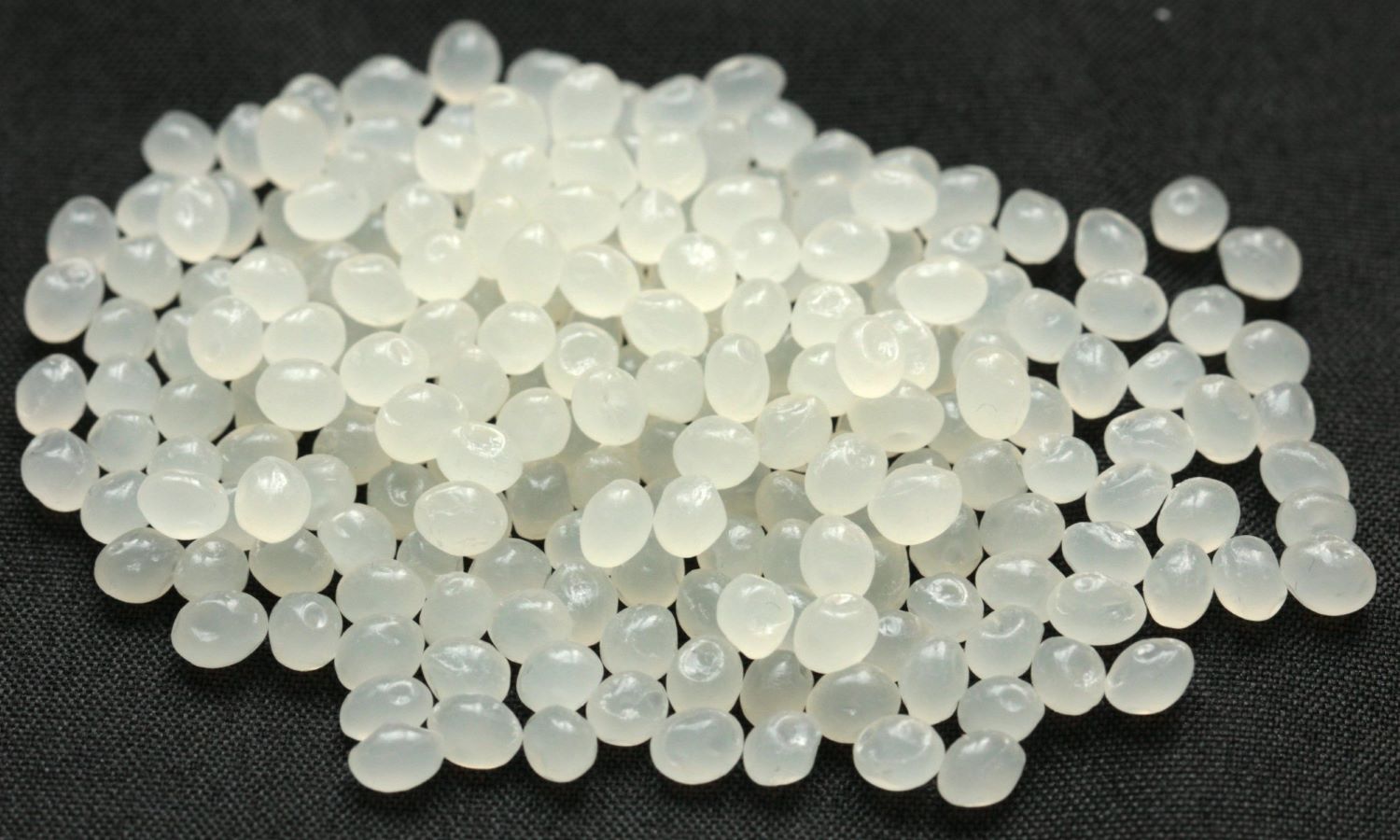






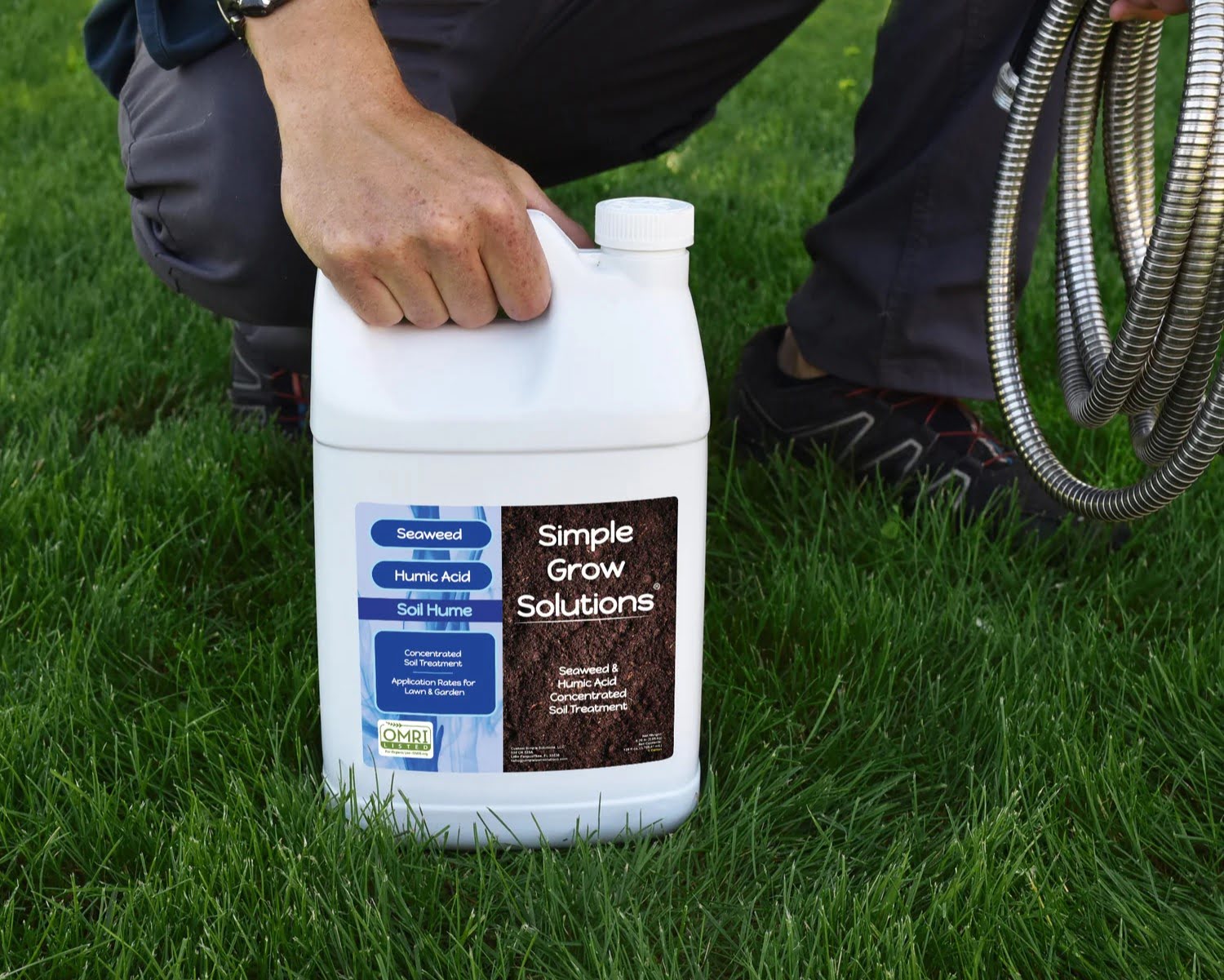

0 thoughts on “How To Store Sulfuric Acid”